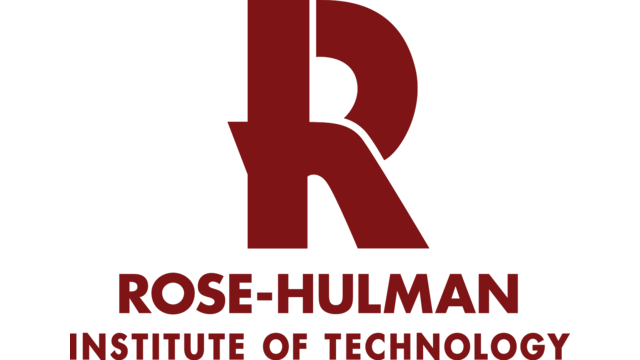Before Rose-Hulman Institute of Technology (RHIT) joined Liaison’s EngineeringCAS™, application processing and enrollment management were handled through “pencil and paper, literally,” recalls Craig G. Downing Ph.D., associate dean of Lifelong Learning and head of the Department of Engineering Management. Now, RHIT’s only remaining hard copies — backup records on students following their admission — are “ripe for the shredder in the next year,” he says.
Indiana-based RHIT had limited experience with an online application before joining EngineeringCAS, but the previous system fell short of Downing’s expectations.
“Students would ask for an application and they would stop by and get one, or we’d mail it out to them,” he says. “Then we transitioned to using an electronic application through our Banner system. That system was a bit clunky because it required some verifications and credentials which an outside student wouldn’t have.”
RHIT had also lacked the potential insights that its admissions operation could gain from comparative data on previous years.
“I did not know any characteristic of my enrollment funnel. I did not know my melt rate. I didn’t have a yield strategy. I couldn’t tell you what our typical yield was in any particular year,” Downing says. “I couldn’t give you snapshots on how many students had enrolled at any point in time within the process. I couldn’t take a snapshot in December, in January or in February and then tell anybody.”
Adding insult to injury, since Downing is a process engineer by trade, RHIT’s leadership all specifically expected him to produce the aforementioned data points.
“They were really looking for me to provide a process that yielded useful, actionable data,” he says.

